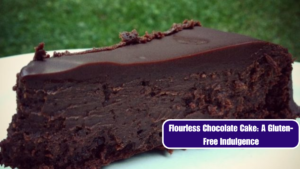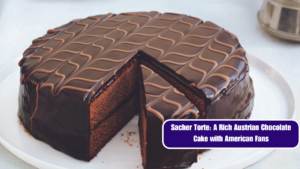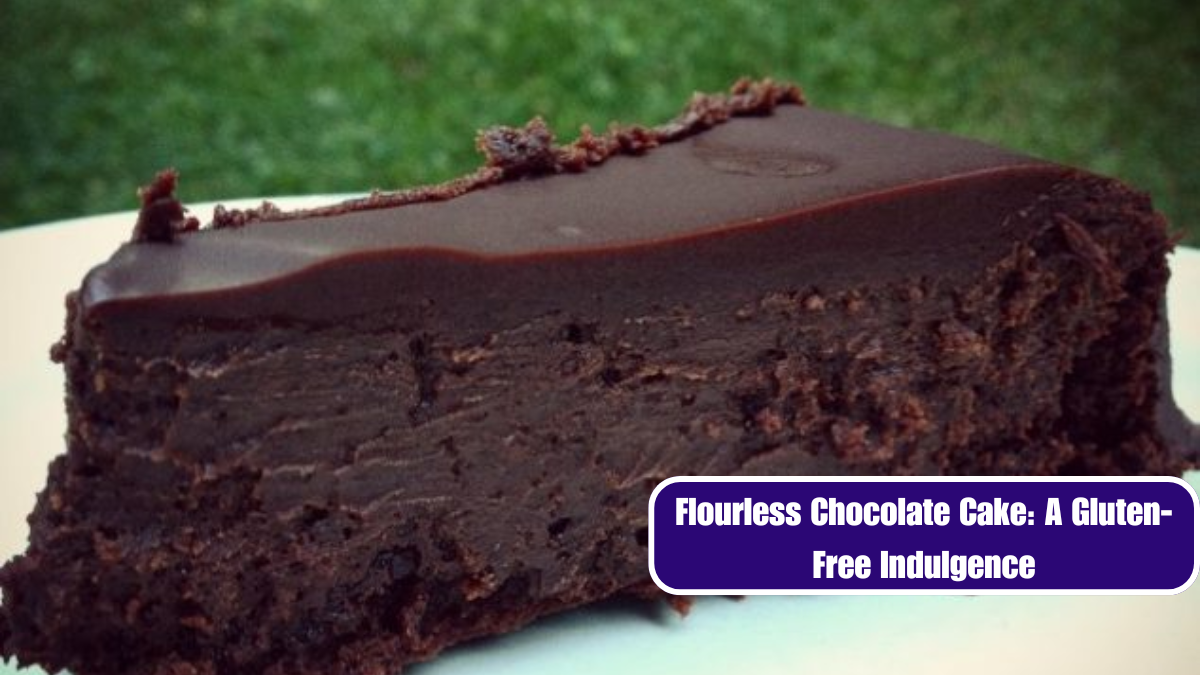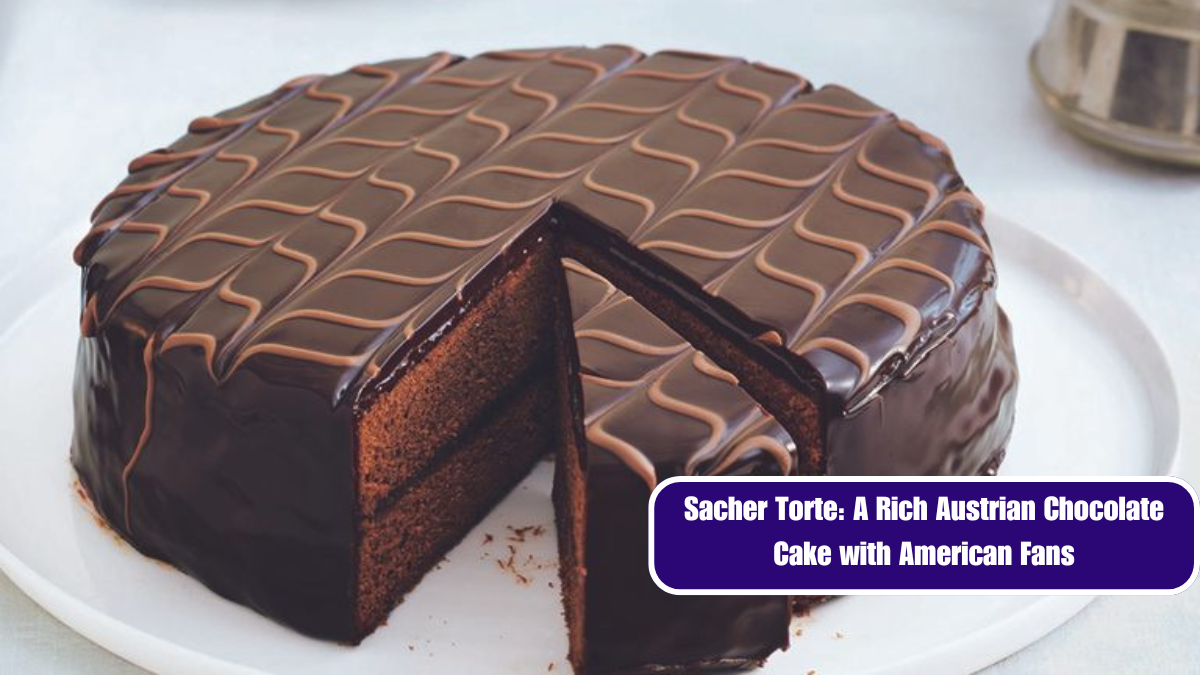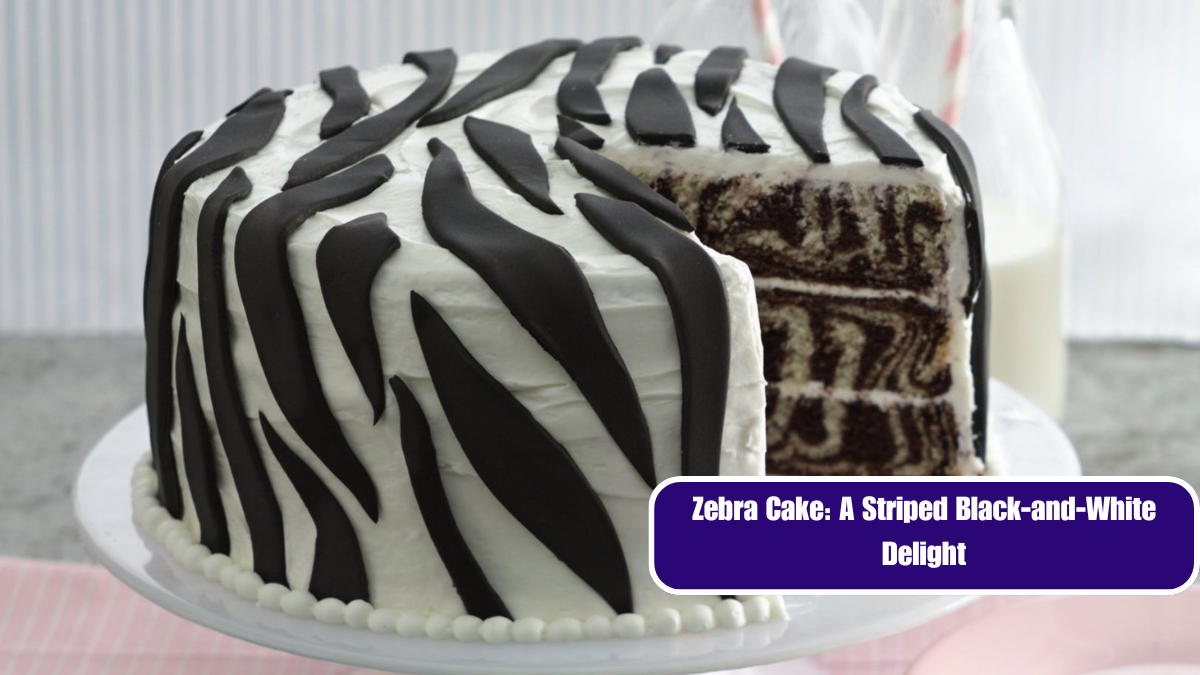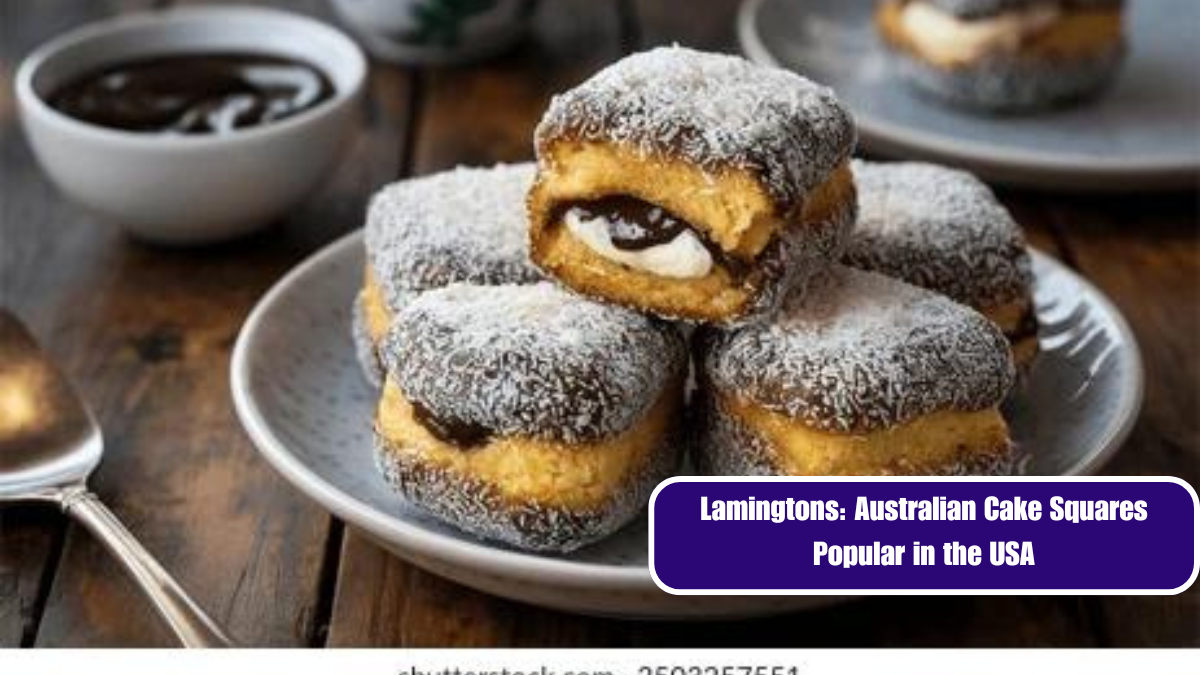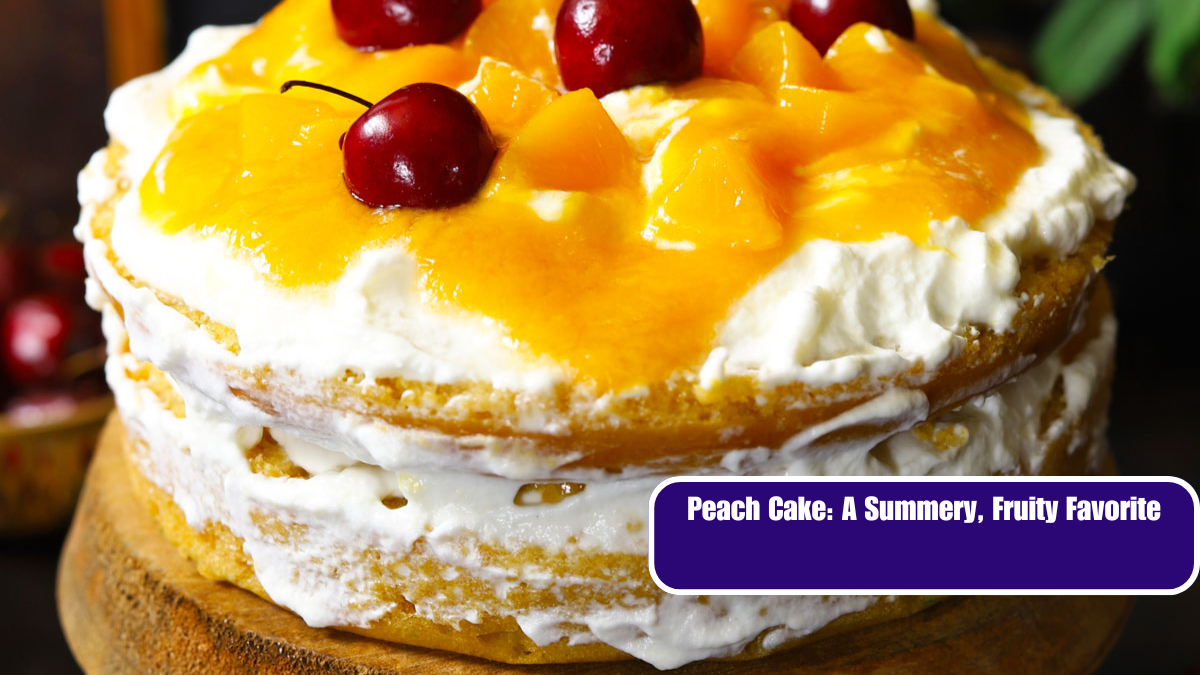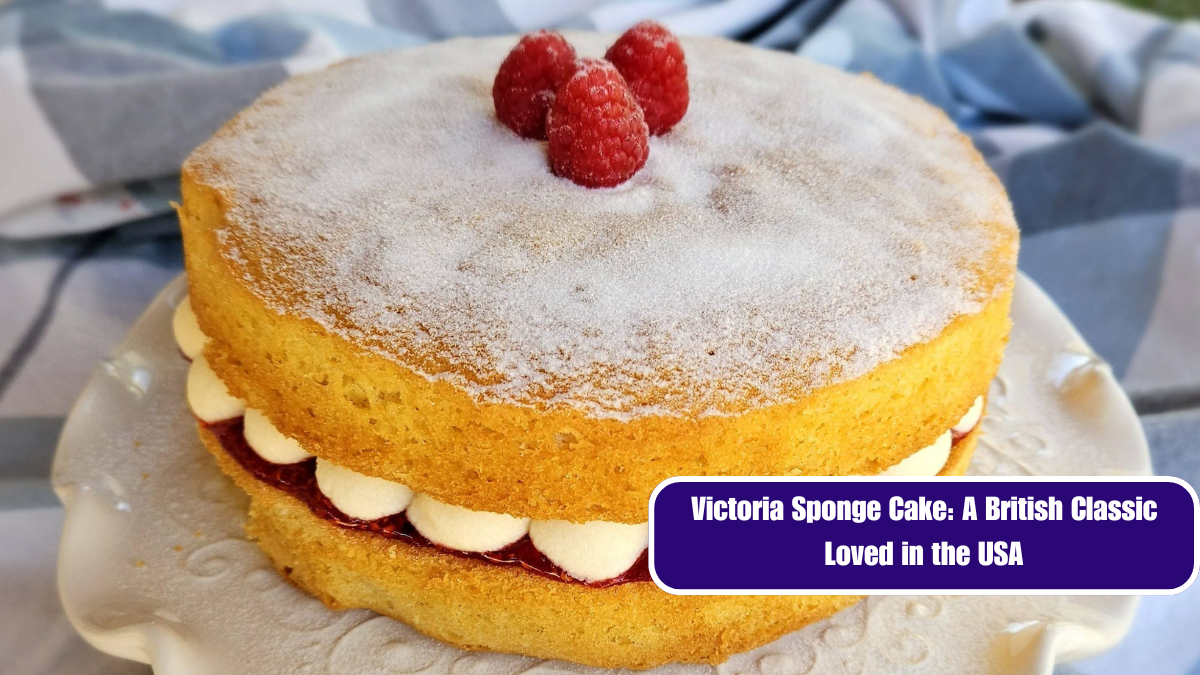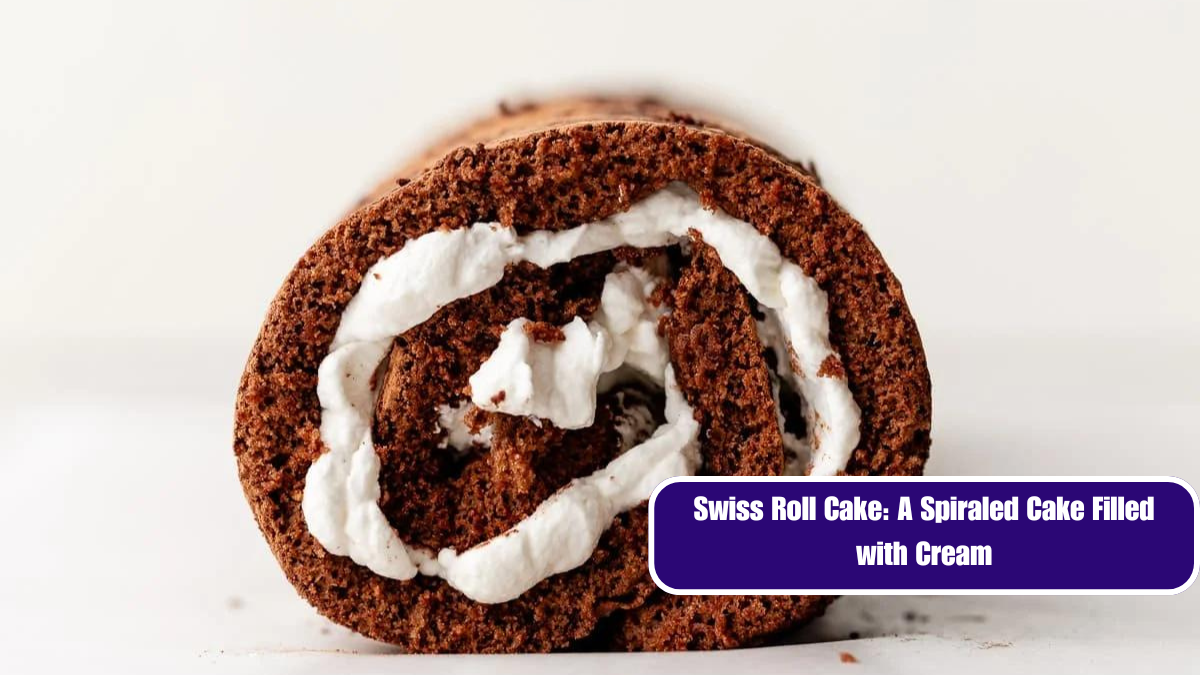When it comes to classic American desserts, few are as intriguing or beloved as the Boston Cream Pie. Despite its name, this delectable treat is, in fact, a cake. Its origins and delightful contradiction make it a fascinating topic for culinary enthusiasts. Let’s dive into the story behind the Boston Cream Pie, a dessert that has been delighting taste buds for over a century.
The Origins of Boston Cream Pie
The Boston Cream Pie’s journey began in the late 19th century. Created at the Parker House Hotel in Boston, Massachusetts, around 1856, it was originally called the “Parker House Chocolate Cream Pie.” The name was a bit misleading from the start, as it was neither a pie nor did it contain traditional pie crust. Instead, it was a layered sponge cake filled with a rich custard cream and topped with a glossy chocolate glaze.
The dessert’s transition from pie to cake is rooted in the evolution of baking techniques and terminology. In the 19th century, the term “pie” was used more broadly and could refer to any baked dish with a filling. As recipes and food terminology evolved, the name “Boston Cream Pie” stuck, despite the cake’s clear deviation from pie conventions.
What Makes Boston Cream Pie Unique?
At its core, the Boston Cream Pie is a study in contrasts. The sponge cake base is light and airy, providing a perfect counterbalance to the smooth, creamy custard filling. The cake is then enveloped in a luscious chocolate glaze, which adds a touch of decadence and ties together the flavors beautifully.
The dessert’s unique texture profile—light sponge, rich cream, and silky chocolate—sets it apart from other cakes and pies. It’s this balance of flavors and textures that has cemented its place in American culinary tradition.
Boston Cream Pie: Recipe and Variations
Traditional recipes for Boston Cream Pie involve three main components:
- Sponge Cake: Light and fluffy, this is the base of the dessert. It’s often made with a simple mixture of flour, sugar, eggs, and butter.
- Pastry Cream: A custard-like filling that adds richness. It’s made from milk, sugar, eggs, and vanilla, thickened with cornstarch or flour.
- Chocolate Glaze: A glossy finish made from melted chocolate and cream, providing a smooth and elegant topping.
While the classic version is beloved, variations abound. Some recipes use different types of cake, such as a butter cake or chiffon cake, in place of the traditional sponge. Others experiment with different flavors for the filling or topping, such as caramel or fruit preserves.
The Boston Cream Pie Today
Boston Cream Pie holds a special place in American dessert culture. In 1996, it was even declared the official dessert of Massachusetts, a testament to its enduring popularity and cultural significance.
Today, Boston Cream Pie is enjoyed not only in its traditional form but also as a source of inspiration for various confections. From cupcakes and donuts to ice cream flavors and cheesecakes, the essence of Boston Cream Pie can be found in many modern desserts.
Boston Cream Pie is a classic example of how culinary traditions can evolve and adapt. Despite its name, it’s a cake that has won hearts with its perfect blend of sponge, custard, and chocolate. Its rich history and enduring popularity are a testament to the creativity and innovation that characterize American baking. So next time you enjoy a slice of this iconic dessert, remember that it’s not just a cake—it’s a piece of culinary history.

